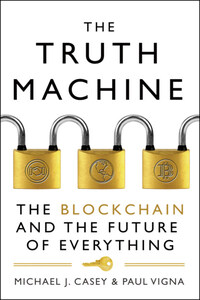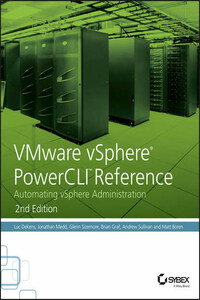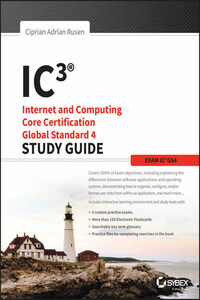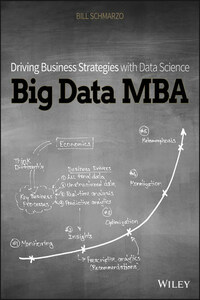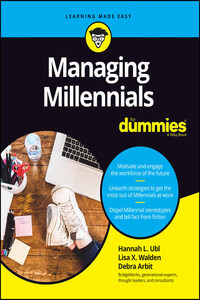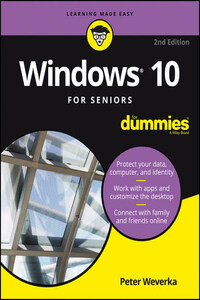Copyright
HarperCollinsPublishers
1 London Bridge Street
London SE1 9GF
www.harpercollins.co.uk
First published in the US by St Martin’s Press 2018
This UK edition published by HarperCollinsPublishers 2018
FIRST EDITION
© Paul Vigna and Michael J. Casey 2018
Cover photograph (Locks) © Tatiana Popova/Shutterstock.com
Cover design by Rob Grom
A catalogue record of this book is available from the British Library
Paul Vigna and Michael J. Casey assert the moral right to be identified as the authors of this work
All rights reserved under International and Pan-American Copyright Conventions. By payment of the required fees, you have been granted the nonexclusive, non-transferable right to access and read the text of this e-book on screen. No part of this text may be reproduced, transmitted, downloaded, decompiled, reverse engineered, or stored in or introduced into any information storage retrieval system, in any form or by any means, whether electronic or mechanical, now known or hereinafter invented, without the express written permission of HarperCollins e-books.
Find out about HarperCollins and the environment at www.harpercollins.co.uk/green
Source ISBN: 9780008301774
Ebook Edition © March 2018 ISBN: 9780008301781
Version 2018-03-01
Dedication
For Liz, Jenny, Sarah, and Di
—MC
For my mom and dad
—PV
A Note from the Authors
Throughout this book you will see a distinction between “bitcoin” written with a lowercase “b” and “Bitcoin” with an uppercase “B.” The former refers to bitcoin’s status as a currency, the latter is a reference to the overarching system and protocol that underpins that currency and other uses for the Bitcoin blockchain ledger.
Addressing an inconsistency in popular parlance, we generally employ three distinct usages of the word “blockchain”: “The blockchain,” which refers to Bitcoin’s original distributed ledger; “a blockchain”— or, pluralized, “blockchains”— to cover a variety of more recent distributed ledgers that share Bitcoin’s chain-of-blocks structure; and “blockchain technology,” referring to the overall field. We also use “distributed ledger technology” to encompass both blockchain and non-blockchain distributed ledgers. We mostly avoid the popular construct of “blockchain” as a non-countable noun. We view a blockchain, like any ledger, as a distinct, identifiable thing, not a process. The book’s title uses the definite article form to acknowledge the catalytic role that the original Bitcoin blockchain played in unleashing this field.
Preface
In The Age of Cryptocurrency, we explored the digital currency bitcoin and its promise of a fairer global payments system, one that functions without banks and other financial intermediaries. As that book was going to print, Bitcoin’s wider application—how its core operating system can help resolve problems of trust between individuals and businesses when they trade assets, enter into contracts, assert claims to property, or share valuable or sensitive information—came to the fore. Within companies, governments, and the media, a groundswell of interest, including a fair bit of hype, turned toward what became known as “blockchain technology.”
In resolving longstanding problems of trust and enabling a community to track its transactions without entrusting that record-keeping process to a central intermediary, the blockchain idea promised a way to bypass the various gatekeepers who control society’s exchanges of value. It could, for instance, let a neighborhood of “prosumers”—households that both consume power and produce it with solar panels on their roofs—trade energy among themselves within a decentralized marketplace and without a profit-driven utility company setting the rates. Similarly, property owners, buyers, and mortgage lenders would not have to trust an unreliable government registry as the only record of deeds and liens when a more trustworthy one could be built on an immutable database managed by a decentralized network with less risk of corruption, human failure, or theft. These are just some of the many new applications that attracted people’s attention to this innovative idea.
The zeitgeist of public awareness had two big impacts on our lives. The first was that one of us—Michael Casey—got so excited about blockchain technology’s potential to change the world that he quit a twenty-three-year career in journalism to work on it full time. Less than six months after The Age of Cryptocurrency was published, Mike left The Wall Street Journal for MIT’s Media Lab. The lab’s frenetic director, Joichi Ito, who is commonly known as Joi, had recognized parallels between Bitcoin’s emergence and the software development he’d witnessed during the early days of the Internet. Sensing a similar enthusiasm for a new, decentralizing architecture, Ito hatched a plan to bring powerful academic and financial resources to the vital task of developing this nascent technology. The result was MIT’s Digital Currency Initiative, a center where leading academics and students in the fields of cryptography, engineering, and finance could collaborate with Fortune 500 strategists, innovative startups, philanthropists, and government officials to design the digital architecture of a new “Internet of Value.” When Mike received an offer to join this initiative, he saw a once-in-a-lifetime opportunity to get in on the ground floor of an economic revolution.
